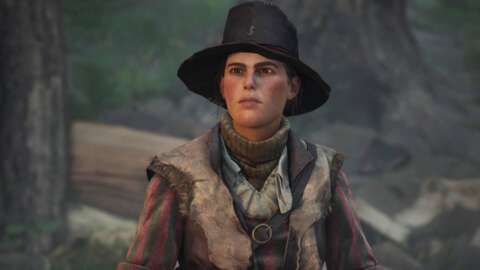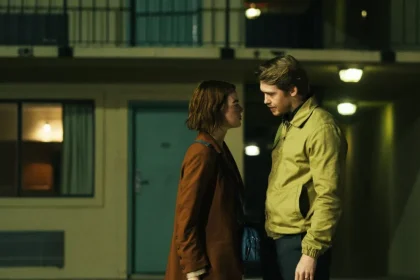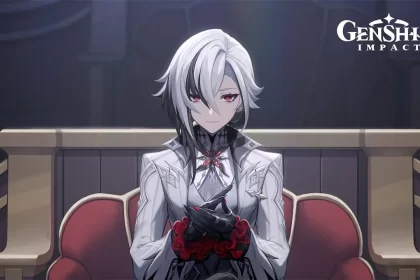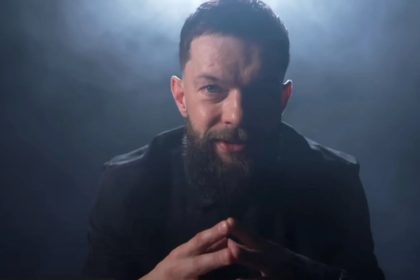Banishers: Ghosts of New Eden diverges from the mold of sprawling open-world RPGs that demand hundreds of hours to fully explore. Rather, it adopts a structure akin to the 2018 God of War reboot, resembling more of a Metroidvania experience.
The game’s depth lies not in sheer length but in the intricate layers of its narrative and gameplay, requiring significant backtracking for those keen on uncovering its every facet.
The core storyline unfolds across four acts, known as Chronicles, each brimming with numerous quests. Complementing these are the optional Haunting Cases, where protagonists Red and Antea confront the haunting specters of New Eden.
These cases often involve attributing blame to a living settler or facilitating the banishment or ascension of a restless ghost. Below, we delve into the game’s duration, its principal quests, and the mechanics behind Haunting Cases.
Should you opt for a linear approach, focusing solely on the main narrative and disregarding most side content, a playthrough of Banishers: Ghosts of New Eden typically spans 25 to 30 hours.
This encompasses the introductory prologue in New Eden Town to the climactic showdown against The Nightmare within the meetinghouse.
However, delving into all aspects of the game can extend your playtime by an additional 10 to 15 hours. This involves tackling the plethora of Haunting Cases alongside the pursuit of collectibles such as cursed chests, nests, void breaches, and altars scattered throughout the world.
Moreover, higher difficulty settings pose greater challenges during boss encounters, potentially elongating the journey further.
The main story arc of Banishers: Ghosts of New Eden unfolds through the following sequential missions:
1. Landfall
2. Death to the Dead
3. The Dark Woods
4. The Ends of the Earth
5. Hungry the Hunters
6. The Woodfolks
7. The Beast
8. Old Acquaintances
9. The Swamp Witch
10. Isolation
11. A Flame in the Dark
12. Witchfinders
13. The Inkwell
14. Grief and Rancor
15. Love Finds a Way
16. Of Days Gone By
17. Homecoming
Haunting Cases represent intriguing side quests that commence with encounters like that with Jacob Lynde in his forest abode during “The Flesh is Weak.” These scenarios involve a living settler tormented by a ghost from their past, bound to this realm through an object of significance. Yet, the complexity of each case extends beyond mere haunting.
Invariably, either the living settler, the ghost, or both parties harbor culpability. Red and Antea embark on investigations, probing both the living and the departed to unravel the enigma.
Ultimately, players face pivotal decisions at each case’s conclusion: to condemn the living settler, absolve them through the banishment of the ghost, or facilitate the ghost’s ascension, freeing both parties from torment.
This mechanic essentially grants players the roles of judge, jury, and executioner. Notably, the ramifications of these decisions resonate throughout the game, particularly in the context of Antea’s fate.
For those seeking her resurrection, a stringent approach of blaming living settlers in each Haunting Case is imperative, while those favoring her ascension should opt for the banishment or ascension of ghosts.







